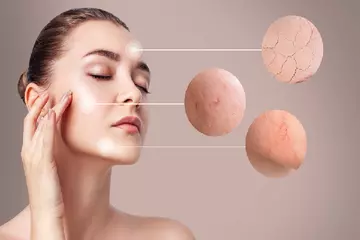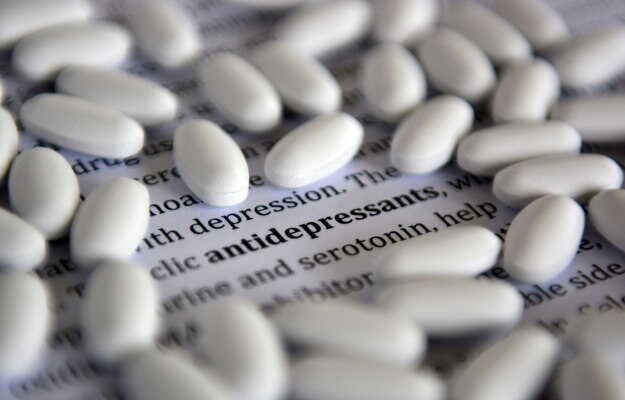What is congenital adrenal hyperplasia?
The human body has a small adrenal gland located above each kidney. Congenital adrenal hyperplasia (CAH) is a disorder which affects the adrenal gland, interfering with immunity, metabolism and other essential functions. CAH exists in a milder, nonclassic form and a severe, classic form. While there is no cure for the condition, proper diagnosis and effective treatment can help individuals with CAH lead normal, constructive lives.
What are its main signs and symptoms?
Symptoms can be divided into 2 types based on the form of CAH.
- Classic CAH:
- In children: The inhibition of cortisol hormone production could cause difficulty in regulating sugar and energy levels, maintaining blood pressure and fighting stress. Lowered levels of sodium and high potassium may also be noticed due to low levels of the hormone aldosterone. Early onset of puberty, short stature and abnormal development of genitals in females may stem from excessive production of the male hormone testosterone.
- In infants: Enlarged genitals or clitoris in females and illnesses related to low levels of cortisol.
- In adolescents and adults: Rapid growth spurts early on, but average or below average final height, and early growth of pubic hair.
- Nonclassic CAH:
Persons with nonclassic CAH do not have any symptoms at birth, and only start showing signs in late childhood or as they enter adulthood. In girls, signs noticed include acne, masculine voice and facial and body hair. Other generalised symptoms seen in both genders include early signs of pubic hair and accelerated growth spurts with an average final height.
What are its main causes?
The most likely cause for CAH is when both parents either have the condition or are carriers of the mutated gene. It results in 21-hydroxylase deficiency, which in turn leads to manifestation of the symptoms.
How is it diagnosed and treated?
When children fall into a high-risk category either due to the condition being present in parents or an elder sibling, foetal testing is carried out through amniocentesis or testing of the placenta while the baby is still in the womb. In infants and children, physical examination, blood tests and genetic testing are some methods employed for diagnosis.
Treatment for CAH depends on the gender of the patient, nature of symptoms and severity of the condition. The main focus of treatment includes:
- Replacement of cortisol
- Mineralocorticoids to help the body eliminate excess potassium and retain sodium
- Salt supplements
- Reconstructive surgery for some females to correct abnormalities in the genitals

 OTC Medicines for Congenital Adrenal Hyperplasia
OTC Medicines for Congenital Adrenal Hyperplasia















